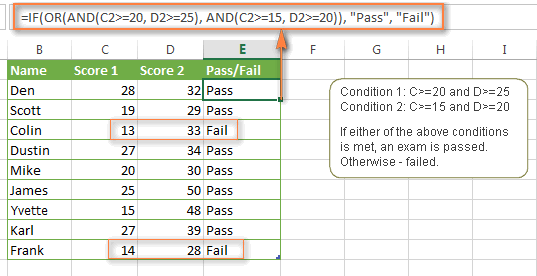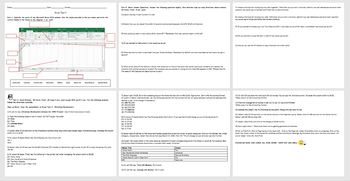
Step 6: Now, we will drag this formula of cell B2 to cell B3. Step 5: Close the bracket and hit the Enter key. Step 4: If the logical test is the false result should be 30. Step 3: If the logical test is true, then the result is 35. Select the cell A2 and test whether that is equal to SUNDAY or not. whether the day is equal to SUNDAY or not. Step 2: Now, we need to do the logical test, i.e. Step 1: Open the IF condition in cell B2. If the day is equal to SUNDAY, then the price should be 35 or else we need the price as 30. Value if False: If the logical test is false, what should be the result we want. Value if True: If the logical test is true, what should be the result we want. Logical Test: This is the argument to test the logic of the value. Before I tell you how to find the grades, let me explain the IF condition first. We will write this formula to get 1 tailed T-TEST with the paired group.By using the IF condition, we can find the grades here. We also assume that the effect of this experiment will be one-directional.

Null Hypothesis (H 0 ) : There is no difference in score due to studying while chewing gum.Īssume that the subjects of these two groups are the same. To confirm that this is not a fluke, we will conduct a T TEST on this data in Excel. So can we conclude that there is a positive effect of chewing gum? It seems so. The average score of group 1 is slightly greater than group 2. I collected the data and calculated the mean in Excel. Group 1 studied while chewing gum and group 2 studied normally. To test this I conducted an experiment between two groups. One of my friends said that while studying, chewing gum helps you memorize.

1 (Paired): we use it when group1 and group2 have same subjects.There are three options available (1,2,3). 2 tailed T TEST it is used when we don't know the direction of the effect of the experiment. 1 tailed T TEST is used when we know that the effect of the experiment is one-directional. Tails: it has two options, 1 tailed, and 2 tailed. It can have the same subject as of group1, different subjects with the same variance and different subjects with different variance.

Group2 : the second group of experiments.


 0 kommentar(er)
0 kommentar(er)
